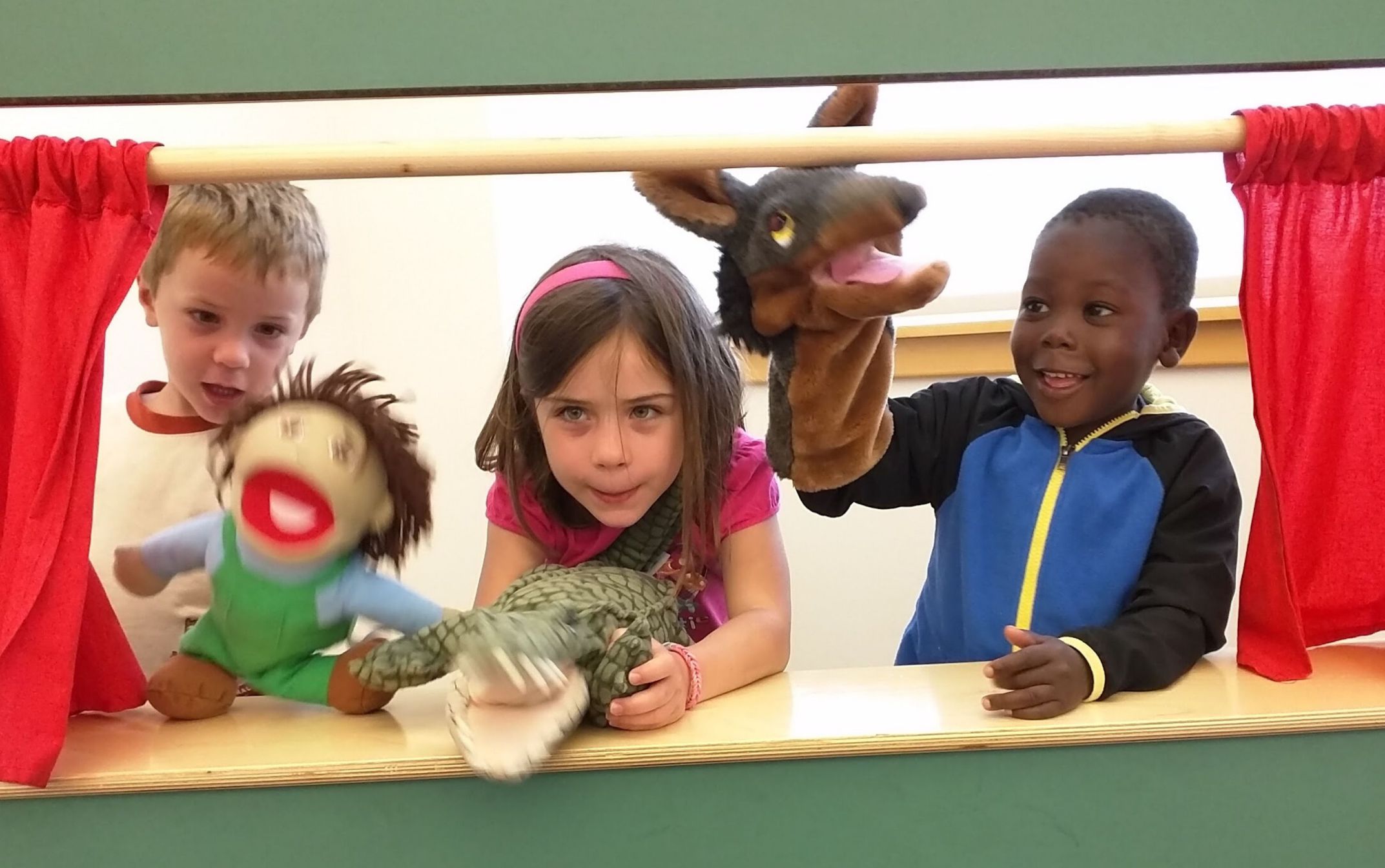Chapter 101. Psychology's Research Methods
Learning Objectives

Contrast the three main types of research methods used in psychology: descriptive research, correlational research, and experimentation.
Describe the advantages and disadvantages of the three main research methods.
Review
Review
Select the NEXT button to continue with the Review.
1. Psychologists conduct research in order to answer questions about behavior. The most basic question is “What happens?”; the corresponding research method to answer that question is called descriptive research.
Review
Review
Select the NEXT button to continue with the Review.

2. If the goal is to describe a particular kind of behavior, researchers can use naturalistic observation to watch the behavior occur in its ordinary setting, without interfering in any way. We have high confidence that the behavior is authentic, because the researchers are not manipulating or controlling it. But this approach has disadvantages: It is expensive and time consuming to observe for hours, hoping the target behavior will occur. Also, in some settings, naturalistic observation could be an invasion of people’s privacy.
Review
Review
Select the NEXT button to continue with the Review.
3. Another way to conduct descriptive research is to use a survey that asks participants to report their own behaviors. Surveys can be conducted through a face-to-face interview, over the phone, or online. Surveys are widely used because they are relatively quick and inexpensive. In a few days, researchers can collect data from hundreds of participants. They can also measure private behaviors that would be difficult for researchers to study through direct observation.
Review
Review
Select the NEXT button to continue with the Review.
4. The main disadvantage of a survey is the fact that it relies on self-reports. Researchers hope that the participants will honestly and accurately report their own behavior, but this isn’t always the case. Participants may not remember exactly what they did, or they may lie about their behavior in order make themselves look better.
Review
Review
Select the NEXT button to continue with the Review.

5. A final way to conduct descriptive research is through a case study in which an individual (or a small group of people) is studied in depth. This approach provides a much more detailed view of the target behavior. It also has disadvantages, not only in terms of the cost and time commitment for an in-depth study, but also the possibility that the small number of participants is not representative of the population as a whole.
Review
Review
Select the NEXT button to continue with the Review.
6. Another basic research question is, “When (or under which circumstances) does the behavior occur?” The corresponding research method to answer that question is called correlational research. Correlation requires that at least two variables be measured so that one variable can be used to predict the other.
Review
Review
Select the NEXT button to continue with the Review.
7. Many research studies combine descriptive research and correlational research. The researchers begin by measuring a number of variables in order to describe behavior. Then, they perform a correlation analysis to check for relationships among the variables. If relationships exist (that is, if the variables are correlated), the researchers can use one behavior to predict when the other behavior will occur.
Review
Review
Select the NEXT button to continue with the Review.
8. If researchers can describe a behavior and predict when that behavior will occur, they will probably want to ask another basic research question: “Why does the behavior occur?” In other words, they want to explain the behavior. The corresponding research method to answer that question is called experimentation. A true experiment is the only method that allows researchers to make a cause-effect claim, because it is the only method that controls the relevant variables, manipulating them one at a time and measuring the outcome.
Review
Review
Select the NEXT button to continue with the Review.
9. Experimentation also has disadvantages. Researchers must control and manipulate the variables, which automatically makes the situation somewhat artificial. Also, some variables cannot be manipulated without violating research guidelines—a set of ethical standards that ensure the safety and privacy of the participants.
Practice 1: Exploring Psychology’s Research Methods
Practice 1: Exploring Psychology’s Research Methods
Roll over each term to see a brief description of that research method.
descriptive research
correlational research
experimentation
Characteristics:
a method of research designed to measure and describe a behavior without manipulating it
a method of research that measures two or more variables and explores the relationship between them
a method of research that manipulates an independent variable to measure its effect on a dependent variable, while controlling the other relevant variables
Practice 2: Using Descriptive Research
Practice 2: Using Descriptive Research
Roll over each term to see a brief description of that method of collecting data by using descriptive research.
case study
naturalistic observation
survey
Characteristics:
a type of descriptive research that studies an individual or small group in a detailed, intensive way
a type of descriptive research in which researchers directly observe behavior in its natural setting, without interference
a type of descriptive research in which participants report their own behavior or attitudes
Quiz 1
Quiz 1
Match the terms to their descriptions by dragging each colored circle to the appropriate gray circle. When all the circles have been placed, select the CHECK ANSWER button.
Quiz 2
Quiz 2
For each statement, select one of the buttons to indicate whether the statement is True or False. When responses have been chosen for all the statements, select the CHECK ANSWER button.
| True | False | |
|---|---|---|
Naturalistic observation is time-consuming and could invade a person’s privacy. |
||
Experimentation is the only appropriate way to conduct research. |
||
One disadvantage of a survey is the possibility that participants might not answer the questions truthfully. |
||
Case studies provide an in-depth view of one person’s behavior, but the results might not generalize to others. |